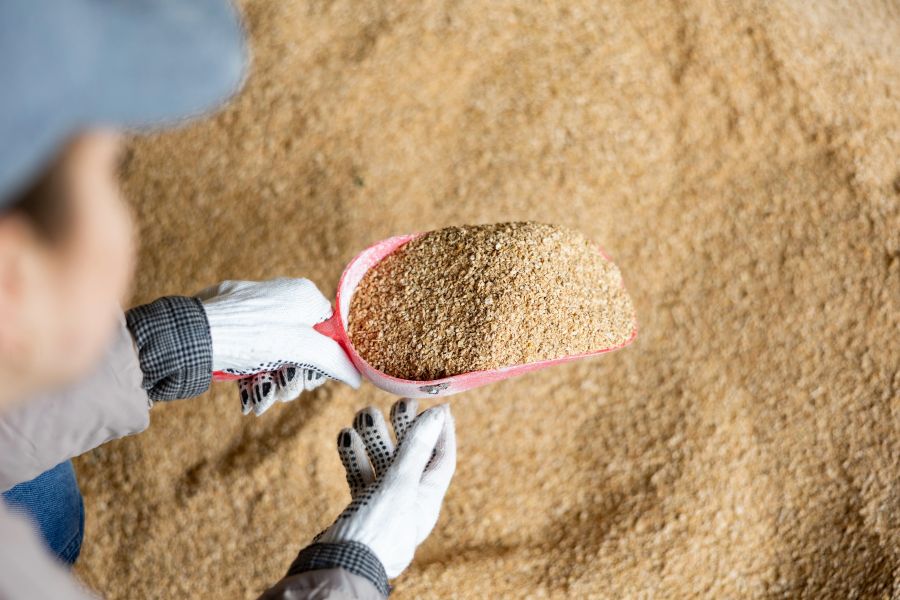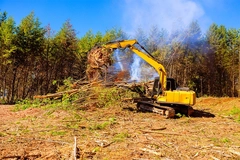
- Industry news
Industry news
- Category news
Category news
- Reports
- Key trends
- Multimedia
- Journal
- Events
- Suppliers
- Home
- Industry news
Industry news
- Category news
Category news
- Reports
- Key trends
- Multimedia
- Events
- Suppliers
China vitamin D3 feed standard may redirect non-compliant products to global markets
Key takeaways
- China’s new feed standards ban 25OHD3 products containing detectable calcitriol, a hormone impurity, to strengthen safety, traceability, and quality control.
- Non-compliant products that no longer meet China’s stricter purity requirements may be redirected to global markets.
- Industry experts urge vigilance, recommending that feed buyers and manufacturers verify product compliance and source only high-purity, certified 25OHD3 ingredients.

Ingredients leader dsm-firmenich is urging buyers and feed manufacturers to exercise caution when sourcing 25OHD3 feed ingredients in the coming months, following a major regulatory shift in China.
The China Feed Industry Association (CFIA) recently introduced a landmark feed group standard on the sale and use of any 25-hydroxyvitamin D3 (25OHD3) — a form of vitamin D used in animal feed — containing detectable levels of 1α,25-dihydroxycholecalciferol (calcitriol), a potent hormone byproduct, within China.
The move is said to mark a major step forward in feed safety, traceability, and quality control, but it also carries global implications for feed and animal nutrition markets.
The new guidance means that existing products containing calcitriol impurities, now discouraged in China, may be diverted to export markets. Experts warn that 25OHD3 products containing the hormone 1α,25-dihydroxycholecalciferol could easily enter circulation in other countries with less stringent regulations or enforcement.

China is the world’s largest livestock producer and feed consumer, exercising significant influence on global standards and supply chains.
New guidelines, new risks
Under the new T/CFIAS 3039–2025 and T/CFIAS 3040–2025 standards, only high-purity 25OHD3 products that meet stringent specifications for active content, contaminants, and particle size are recommended by the CFIA for use in China.
Any 25OHD3 additive with even trace levels of calcitriol — a hormone that can have unintended effects on animal health — is now discouraged from sale or use within the country.
Products that no longer meet the new Chinese safety thresholds may be diverted to export markets, creating a heightened risk of those 25OHD3 feed additives entering international circulation.
“China’s new feed standard is a significant step forward for China and global feed safety and quality assurance. It highlights the importance of knowing exactly what’s in your vitamin supply and choosing sources you can trust,” says José María Hernández, global special nutrients Animal Nutrition and Health at dsm-firmenich.
“Now more than ever, buyers everywhere should consider prioritizing reliable, high-quality, and globally registered 25OHD3 sources with proven safety and efficacy, such as Hy-D, which has been used safely in billions of tons of feed worldwide for more than 25 years.”
The need for verification
In the US, calcitriol is severely restricted to less than 1ppb (parts per billion) in vitamin D3 active substances used in animal feed. In the EU, calcitriol is not approved as a feed additive for poultry and swine. Products rejected under CFIA's new standards may still appear on the market elsewhere, despite containing hormonal impurities that may raise regulatory and safety concerns.
Feed manufacturers, nutritionists, and integrators are being encouraged to verify supplier compliance of products manufactured in China with the latest CFIA and international standards.
Industry representatives suggest requesting analytical certificates confirming non-detectable levels of calcitriol and prioritizing trusted, globally registered 25OHD3 sources with proven safety and efficacy track records.










